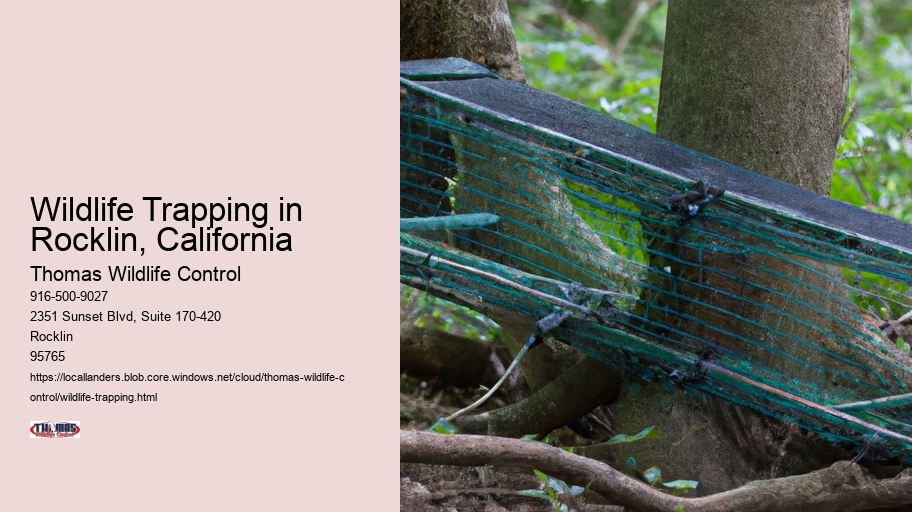
Wildlife Trapping in Rocklin, California
Animal Trapping Service
At Thomas Wildlife Control, we understand the delicate balance between urban development and wildlife preservation in Rocklin, California. Our team's expertise lies in the humane removal of animals from residential areas, ensuring both the safety of the community and the well-being of the wildlife. However, there's more to our approach than just trapping. Stay tuned to learn how our methods go beyond relocation to promote a sustainable coexistence that benefits both humans and animals in Rocklin.